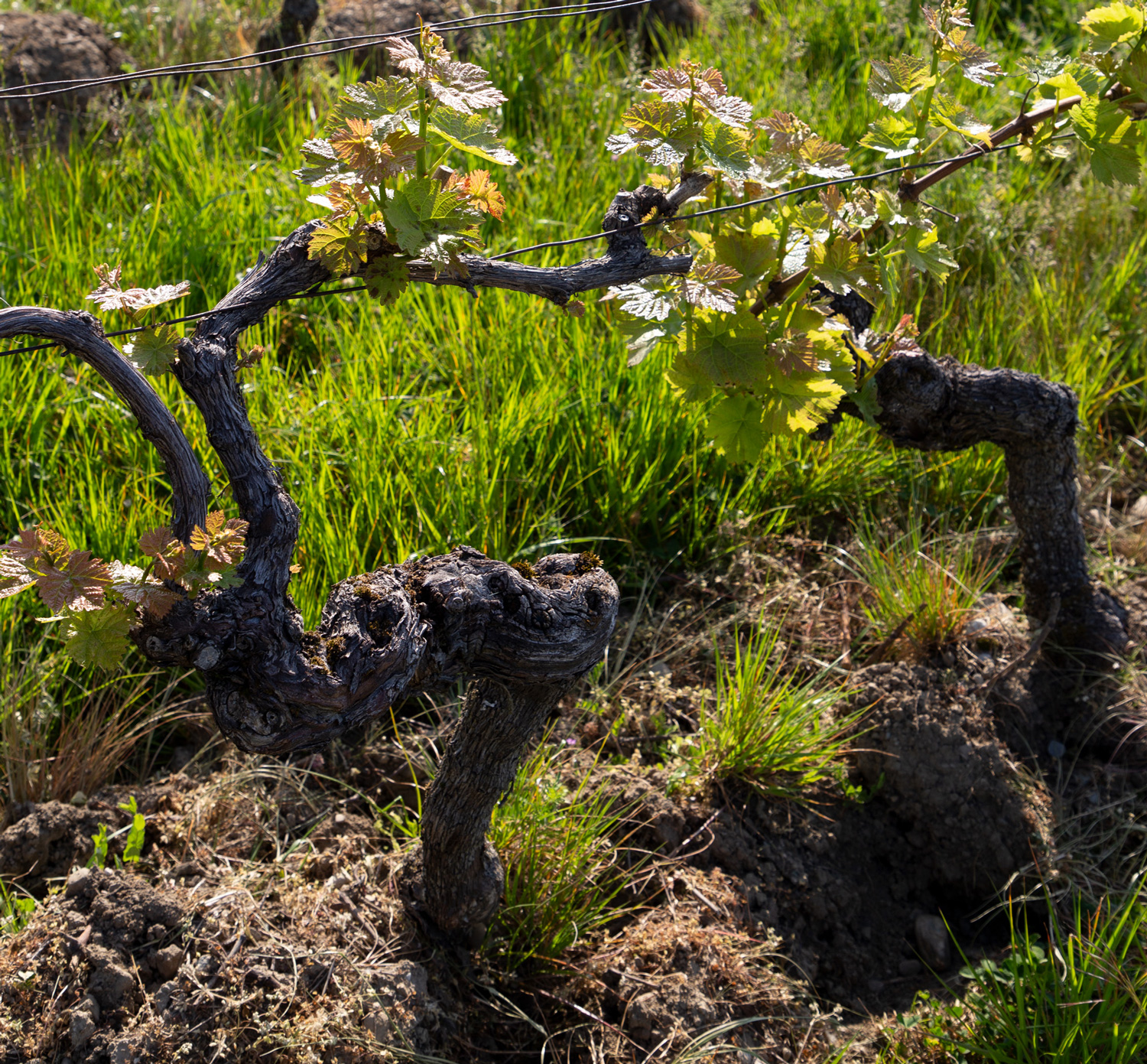
© Sonia Clua
Only 25’000 years ago – the glacier covering the basin of Lake Geneva was 1’000 metres high. Imagin 1’000 metres of solid ice, where we now have cities like Lausanne and Geneva. When the Rhone Glacier retreated - some 10’000 years ago - it shaped the lake, the landscape and the soils until today. Located between the Jura and the Alps we have a unique situation with a big diversity of soils and quite fragmented combinations.
Our soils are on the compact ground morain, left behind when the Glacier retreated. Typical of this morain are the numerous stones and pebbels of alpine origin, calcareous and siliceous.
More...On the alluvium of the morain, the same sediments can be rich in silt and clay with a small proportion of stones. Some chalk is found on folded marl accumulations. Gravel and siliceous limestone rock occur. Calcareous concretions are frequent.
From very deep, cold and rich soils - where some of the Galotta is planted – to warm, filtering, sandy and stony soils – where the 40-year old Gamay is situated – a number of varied situations can be found at the winery. In general the root system is well developed so that roots and rootlets colonize easily the two first metres of soil and beyond.
The soil texture is also surprisingly rich: with gravel, sand, clay, limestone and silt loam, all sort of combinations can be found. This allows us to be picky in case of difficult climatic conditions, like the very dry & hot summers we witnessed in 2015 & 2018.

The vines are well exposed to the south, on hillsides with 15-25% inclination.
They are planted on altitudes ranging from 510 to 575 metres.
Solar exposure is maximum for the region overlooking Lake Geneva, as sunlight gets reflected from the water. Therefore we have a double solar exposure.